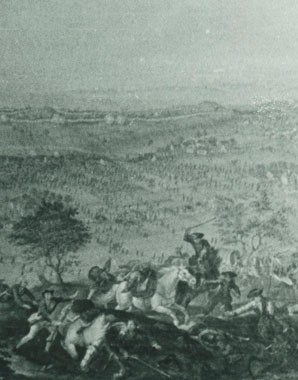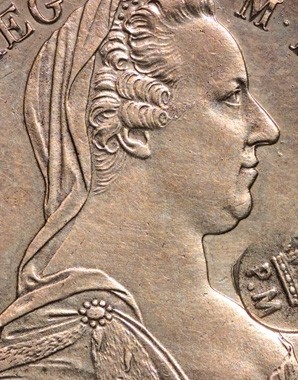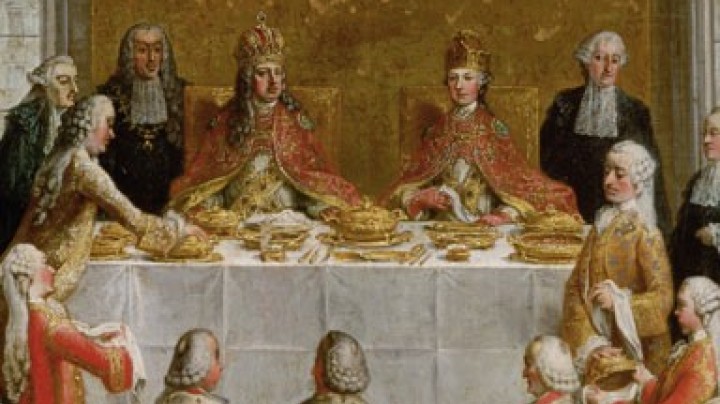The ‘fat lady’ in Ethiopia - Maria Theresa’s likeness on its travels
If you are on the trail of the Habsburgs you can even take a trip to Africa: Maria Theresa may never have visited Ethiopia in person, but you can nevertheless detect her ‘aura’ there.
The Maria Theresa thaler was first minted in 1741 and bore several different likenesses of her. After 1780 the two-gulden silver coin showed a portrait of the sovereign in old age with a widow’s veil; the corpulent baroque form depicted led to her being given the unflattering nickname of the ‘fat lady’ in English. The Maria Theresa thaler is popular with collectors and is probably one of the longest-lived coins there has ever been, as it is still being minted in Austria even now.
During the reign of Maria Theresa both thalers (silver coins) and ducats (gold coins) were widely used as tender. Sums of money were expressed in gulden and kreuzer, with one thaler being worth two and one ducat four gulden. The high cost of the Seven Years’ War between Prussia and Austria (1756–63) also led to copper coins being issued. From then on ‘small change’ was no longer made of silver but of copper. The war against Prussia was not the first cause of problems for the Habsburg finances; even beforehand, by the middle of the century, they had become decidedly unstable.
In Europe there was a serious shortage of silver, because merchants used silver coins as payment for the numerous goods such as spices, tea and silk that they imported from India and the Far East. It was this outflow of silver that helped to make the Maria Theresa thaler rather famous: because its weight remained constant and the inscription on its edge made forgery difficult it became a popular form of tender in Asia and Africa. This circumstance was exploited by the Habsburg Monarchy and thalers were exported at a profit: just in the years 1762 and 1763 the state ‘earned’ some 800,000 gulden from this oriental trade.
In the twentieth century the Maria Theresa thaler again attracted attention: when Italy occupied Ethiopia, where the thaler was legal tender, in 1935, it secured for itself from Austria the right to strike the coin in order to provide its troops there with money. This was interpreted by other countries as the end of Austria’s monopoly regarding the coin and they proceeded to produce their own Maria Theresa thalers. Eventually they were being struck in Vienna, Rome, London, Birmingham, Paris, Brussels, Utrecht and even Bombay.
















